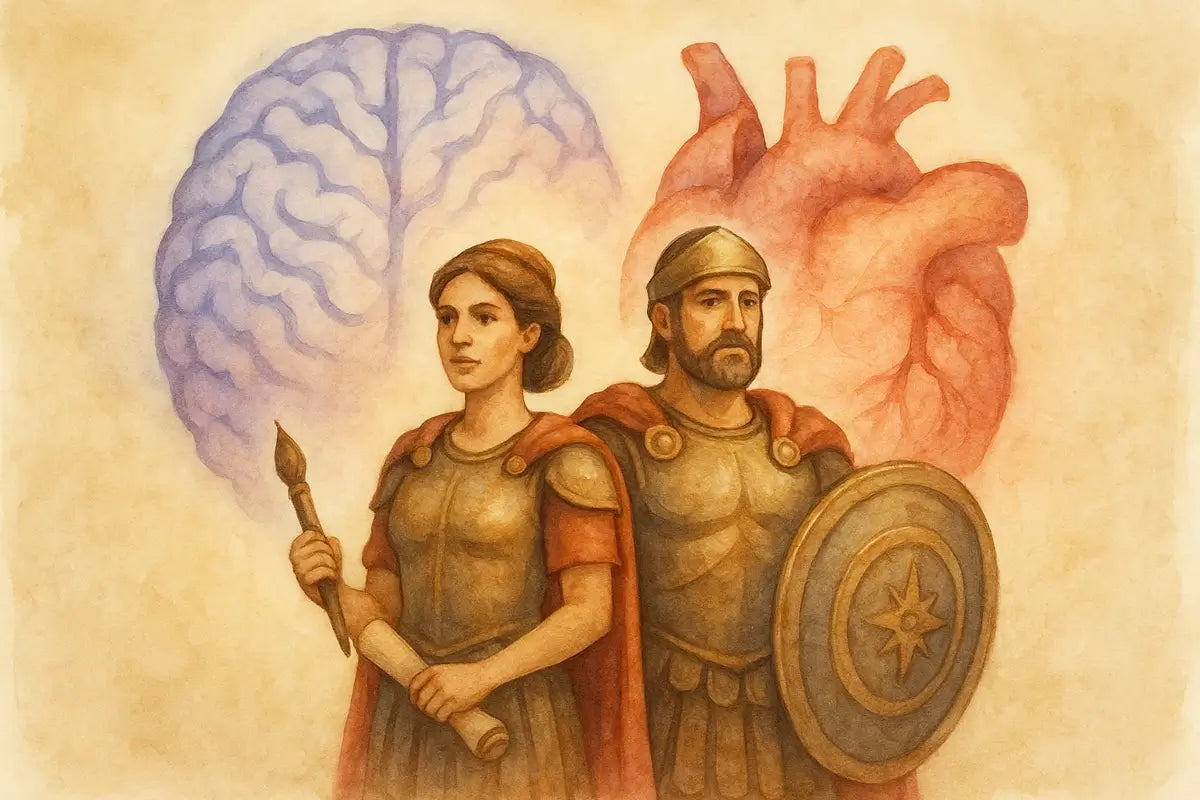
The Imaginative Child: Why is Nurturing a Healthy Child Imagination So Vital for Child Development?
Right then. Let's have a frank little chat. Have you ever looked at the mountain of drawings piling up on your kitchen counter and wondered, what in Merlin's name am I supposed to do with all this? In between the school runs, the dinner prep, and the endless, existential quest for a matching pair of socks, you see them: wobbly dragons, six-legged cats, superheroes in questionable colour schemes. You cherish them, of course. But have you ever felt a quiet concern, a whisper in the back of your mind asking, in this world of endless screens and overflowing toy boxes, am I doing enough to protect this wild, precious spark of child imagination?












0 comments